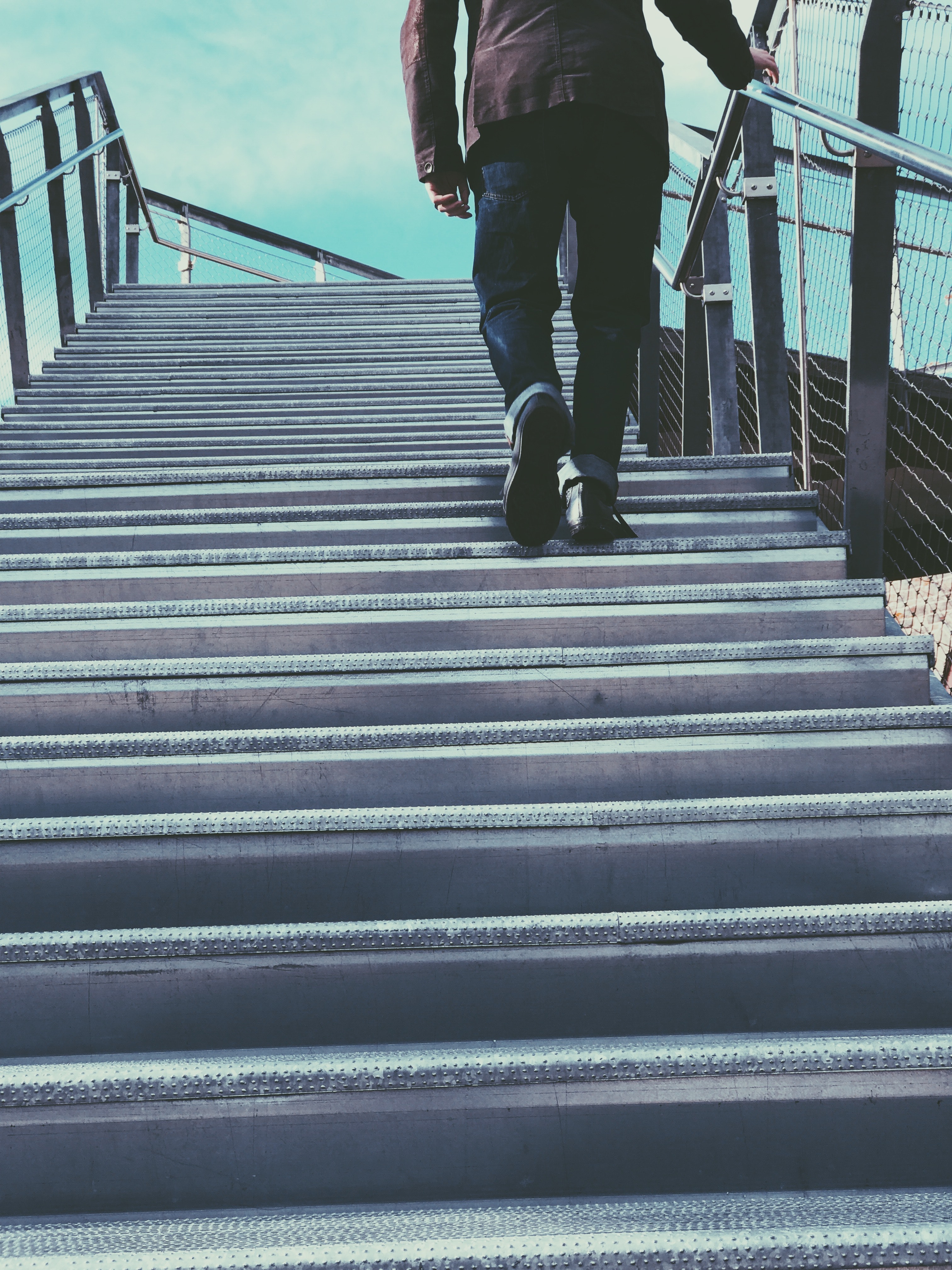The simple tasks of traveling up and down stairs, stepping off curbs, kneeling down to get some extra gloves finally in stock on the bottom shelf at the supermarket are considered everyday tasks. Enjoying golf, a few games of Pickleball, or a hike in the beautiful Napa Valley shouldn’t take a second thought. We should all be able to help our grandkids catch bugs on the ground. Our knees contribute substantially to the production of our everyday lives. We never know how important knees are until pain from straining, atrophy, or the effects of arthritis hinder a seemingly simple activity.
Healthy knees require a harmony of coordination, blood flow, and muscular strength from the ankle, knee, hip joints. Underuse and inactivity are culprits contributing to nagging knee pain. Joints that remain inactive lose blood flow, neuromuscular signaling, and the Velcro-like cellular structure of the muscle cells stiffen to become brittle. As the knee joints become compromised from inactivity, the likelihood of injury, loss of balance, and debilitating pain increases. Our personal training clients in Napa seek out our services for similar issues. As a solution, we prescribe exercises to strengthen the ankle, knees, and hips.
Strong ankles distribute force efficiently when walking, shifting weight, or kneeling down. A simple and effective ankle exercise is the ankle dorsi flexion stretch and hold technique. To perform, place the toes of one foot staggered in front of the other against a wall. While keeping the heel down of the foot that has toes against the wall, move the shin bone forward, as if tracing the shoelaces of your shoes, until the kneecap touches the wall. Perform this movement for 5-10 repetitions. This movement activates the numerous attachment points around the ankle such as the Achilles tendon and the medial and lateral ligaments at the base of the ankle. This will not only prevent rolling of the ankle, but it will also ensure the shin bone does not over rotate past its natural range of motion or deviate medially or laterally. Surpassing these range of motion limits could lead to sheering forces at the knee joint.
One of the best exercises my 98-year-old grandfather does for his knee health is walk up and down stairs. Raising one foot atop a platform higher than the trailing foot and pushing with the quadriceps muscles to extend the leg at the knee contributes to knee joint health. The quadriceps are responsible for keeping the kneecap stationary. By ensuring the quadriceps are strong, the likelihood of sloughing of the kneecaps against the shin and thigh bone decreases. Chondromalacia is a common knee joint issue in which the cartilage of the inner surface of the kneecap inflames, losing its cushioning and gliding function as the knee bends. The kneecap is sheathed inside the quadriceps tendon. Therefore, ensuring the structurally integrity of the quadriceps tendon is reinforced, mobile, and strong will decrease the likelihood of the damaging the cartilage of the knee cap. Controlled stepping up and down exercises are simple movements most people can perform at home in a safe and controlled environment to strengthening the knee.
The inward collapsing of the knee joint is another common nuisance contributing to knee pain. The knees are meant to move forward in a straight line of travel. However, what happens if the hinges supporting the inner part of the knee grow weak and collapse inward? The result is a tremendous amount of forceful stress applied to the medial and anterior cruciate ligaments. The ligaments in the knee joint aren’t meant to support such loads. Rather, the muscles connected to the complex network of the knee joint are meant to support the knee, so this inward pressure of the knee doesn’t occur. An immediate solution to alleviate this type of pressure is to focus on the abduction of the hip. Hip abduction is the action of bringing the leg away from the midline of the body. The muscles responsible for hip abduction are the outer thigh and lateral gluteal muscles. A “go-to” outer thigh strengthening exercise is the standing single leg hip abduction. Simply stand next to a wall and lift the leg to the outside of the body as high as you can go with an extended knee. Repeat this movement for 5-20 repetitions. Developing these muscle groups will reverse the effects of an inward collapse of the knee by rotating the thigh bone outward and reestablishing congruency of the knee joint.
“We never know what we have until it’s gone.” Unfortunately, with knee strength, this saying holds true. Once pain and weakness of the lower body kick in from underuse, regular physical activities can be limited immediately. Make sure to offer extra attention on the knees. Just a few repetitions each day will support the longevity of these important joints to help us live happy, healthy, and strong lives.
Sean McCawley, the founder and owner of Napa Tenacious Fitness in Napa, CA, welcomes questions and comments. Reach him at 707-287-2727, napatenacious@gmail.com or visit the website napatenaciousfitness.com.

